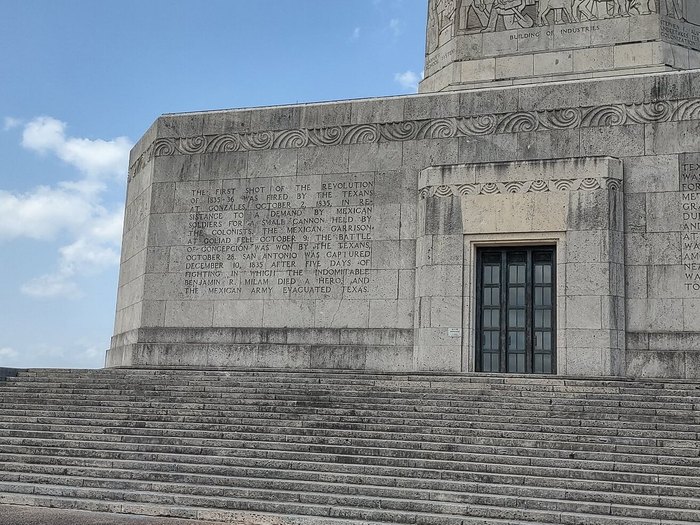As part of his commitment to safeguard 30% of America’s lands and waters by 2030, President Biden will establish two new national monuments on Tuesday and prohibit development on almost 514,000 acres.
According to a White House official, the President will sign proclamations protecting Avi Kwa Ame (ah-VEE-kwah-may), a revered tribal site in southern Nevada, and more than 500,000 acres around Castner Range, a former military training and testing facility in El Paso. Although the announcement had not yet been made public, the aide spoke on the condition of anonymity.
In November, The Washington Post reported that Biden will use his authority under the 1906 Antiquities Act to defend huge swaths of land in Nevada. It will be seen as Biden’s presidency’s biggest shelter.
The moves reflect the government’s efforts to protect wildlife while reducing planet-warming emissions by preventing mining and oil drilling on public lands. They follow a string of conservation announcements by the White House in recent weeks, including a ban on oil and gas leasing in US waters in the Arctic Ocean.
The designations come as Biden faces fierce criticism from environmentalists for the government’s approval of a massive oil drilling project in Alaska this month. In a sign of those tensions, climate activists will protest the Willow oil project outside the Interior Department on Tuesday, while Biden will explain the national monuments at a conservation summit with tribal leaders inside.
The Fort Mojave and 11 other tribes consider Avi Kwa Ame a central part of their creation story and the place from which their ancestors emerged. Environmental groups have also supported the designation, saying it will help preserve critical habitat for the desert tortoise and other species.
The proclamation will put about 507,000 acres — covering nearly the entire triangle at the bottom of the Nevada map — off-limits to mining and other types of development. It will also prevent renewable energy projects from laying the groundwork there, although administration officials have argued the memorial will not undermine Biden’s clean energy agenda.
Outside the National Monument boundaries, Interior’s Bureau of Land Management has identified more than 9 million acres of land in the state for potential large-scale solar development and an additional 16.8 million acres for potential wind energy projects. Federal officials have also designated more than three-quarters of the monument area as either wilderness or “areas of critical environmental concern,” as part of an effort to provide continuous habitat for the desert tortoise, the desert bighorn sheep, and the Gila monster, a venomous lizard.
Castner Range National Monument will cover 6,672 acres that the US Army used for training and testing during World War II, the Korean War and the Vietnam War. The Army stopped training at the site in 1966 when it was closed to the public because of unexploded ordnance.
The Department of Defense, which manages Castner Range, has been studying the feasibility of redeveloping the site as part of the nation’s Superfund Law. The department will continue to manage the national monument and help clean up the site until it is safe for the public.





